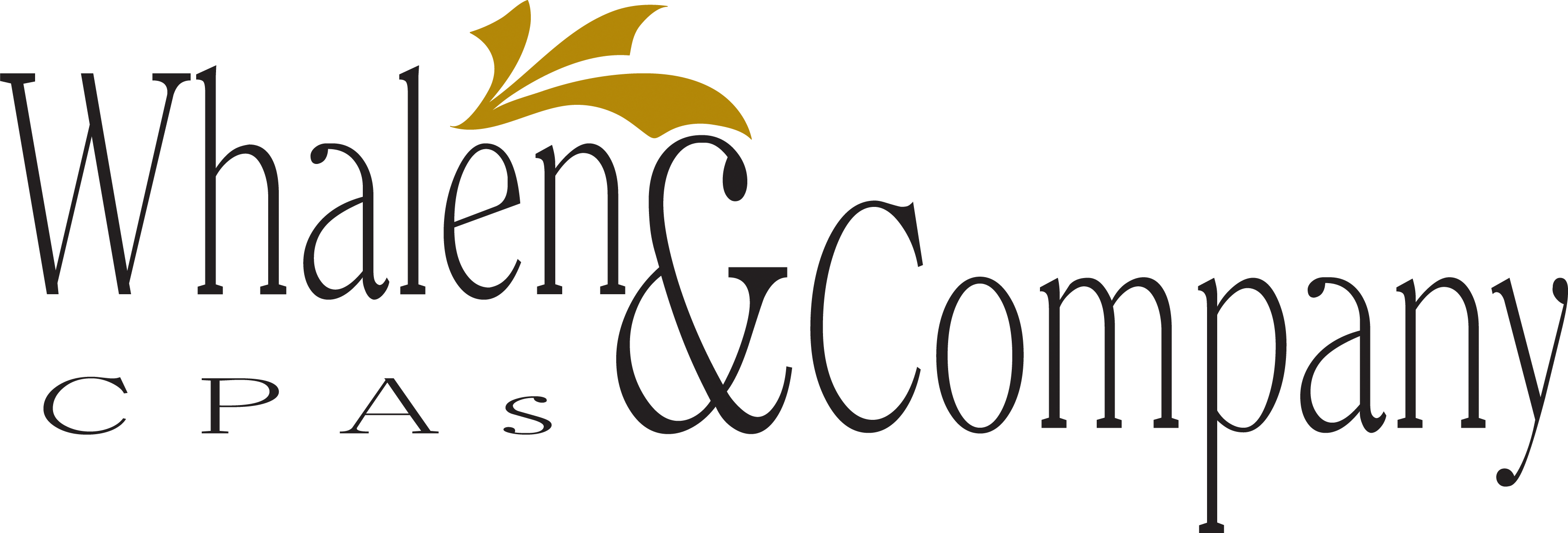Do you need to file a 2015 gift tax return by April 18?
 You generally need to file a gift tax return for 2015 if, during the tax year, you made gifts:
You generally need to file a gift tax return for 2015 if, during the tax year, you made gifts:
- That exceeded the $14,000-per-recipient gift tax annual exclusion (other than to your U.S. citizen spouse)
- That you wish to split with your spouse to take advantage of your combined $28,000 annual exclusions, or
- Of future interests – such as remainder interests in a trust – regardless of the amount.
If you transferred hard-to-value property, such as artwork or interests in a family-owned business, consider filing a gift tax return even if you’re not required to. Adequate disclosure of the transfer in a return triggers the statute of limitations, generally preventing the IRS from challenging your valuation more than three years after you file.
There may be other instances where you’ll need to file a gift tax return – or where you won’t need to file one even though a gift exceeds your annual exclusion. Please contact your Whalen & Company representative for details.
Copyright: Thomson Reuters
Image courtesy of freeimages.com/JasonM


